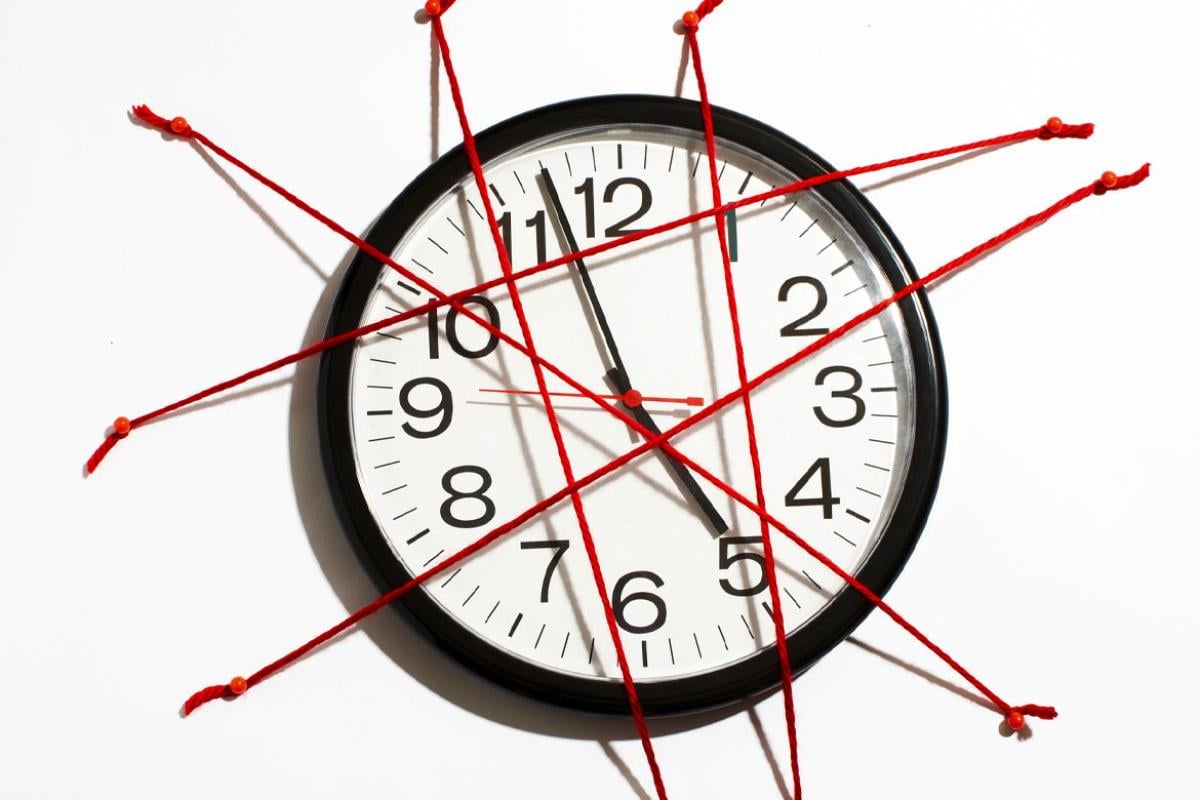If you’re a medical resident preparing for the United States Medical Licensing Examination® (USMLE®) Step 3 exam, you might want to know which questions are most often missed by test-prep takers. Check out this example from Kaplan Medical, and read an expert explanation of the answer. Also check out all posts in this series.
This month’s stumper
A drug ad in a recently published magazine explains the use of its medication in effectively reducing the transmission of the influenza virus. The ad states that the influenza virus is transmissible up to 48 hours after the onset of symptoms and therefore by reducing the duration they can reduce transmission. The study used a sample of 200 college students who were selected within four hours of the appearance of symptoms.
The group was divided into two groups of 100 patients. The first group was given the new treatment and the second group was given a placebo. In the test group, 64 patients showed resolution within 24 hours whereas in the placebo group only 10 patients showed resolution in 24 hours.
What would be the absolute risk reduction to prevent the transmission of influenza virus after 24 hours?
A. 10%.
B. 50%.
C. 54%.
D. 64%.
E. 90%.
The correct answer is C.
Kaplan Medical explains why
The absolute risk reduction is the difference in the event risk between the test group and placebo group. First, we must set up a table to determine the risk of each occurrence. Since the information gives you how many patients were treated, we must use 100-number treated for each group (nonevent being defined as no symptoms after 24 hours) to determine how many patients were still symptomatic after 24 hours.
We can now calculate the event rate for the test group 36/100 = 0.36.
And the event rate for the control group 90/100 = 0.90.
Now we subtract the event rate – control Rate = 0.36-0.90 = -0.54 or a 54% reduction.
Why the other answers are wrong
Choice A gives you the nonevent rate for the placebo group.
Choice B does not occur as any statistic in this problem.
Choice D is the nonevent rate for the treatment group.
Choice E is the event rate for the placebo group.
For more prep questions on USMLE Steps 1, 2 and 3, view other posts in this series.
The AMA and Kaplan have teamed up to support you in reaching your goal of passing the USMLE® or COMLEX-USA®. If you're looking for additional resources, Kaplan provides free access to tools for pre-clinical studies, including Kaplan’s Lecture Notes series, Integrated Vignettes, Shelf Prep and more.




